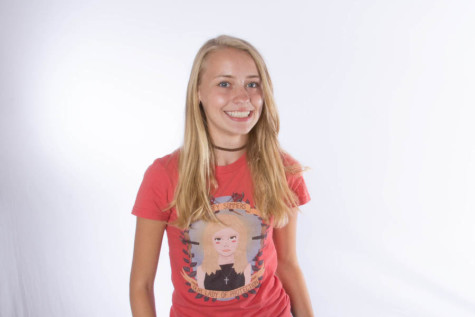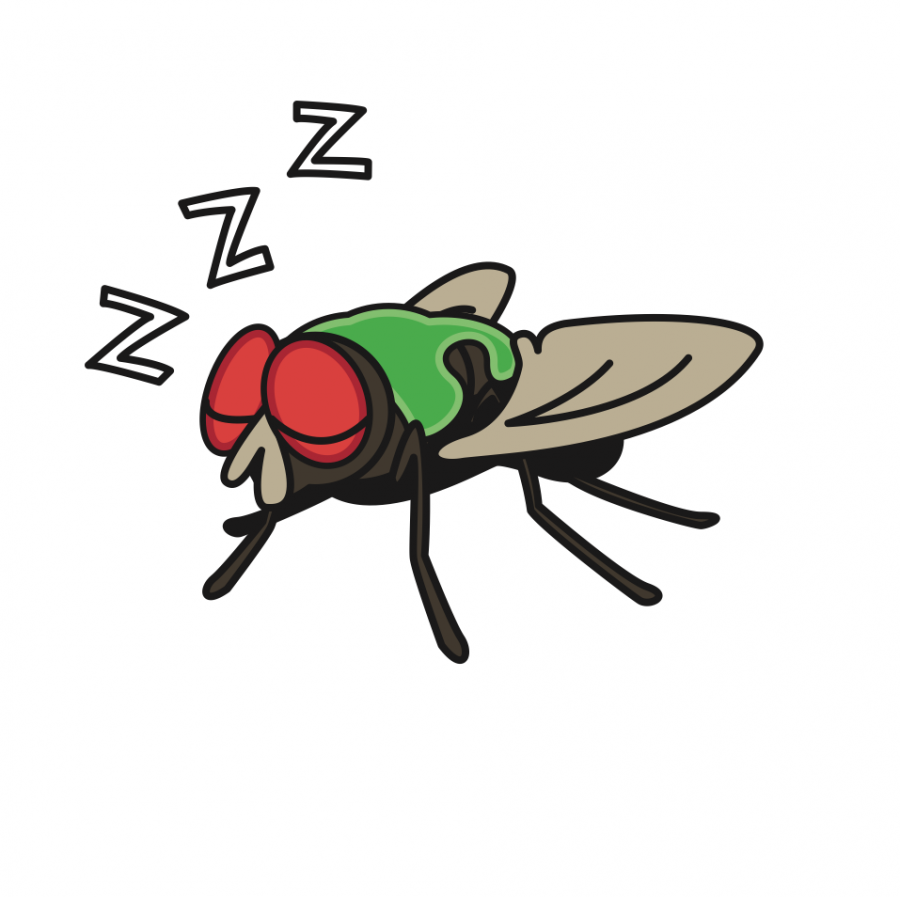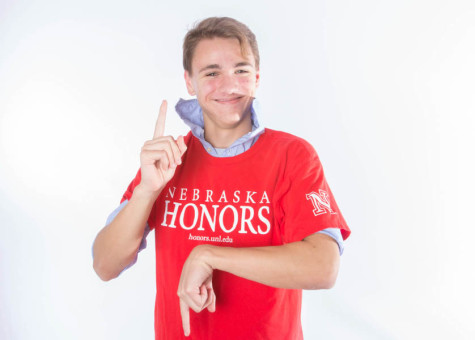Silence from scientists
More from An Independent Universe
I waited for weeks until I finally got an answer from the UMSL crew.
For a while, nothing happened.
I’ve been working on my IRIS (Independent Research in Science) project since August. The idea behind IRIS is to team up with a scientist working on a research project, then present your findings at a science fair at the end of the year. I’m working with Dr. Aimee Dunlap, assistant professor of biology at UMSL, and her graduate student Ms. Amanda Corrado.
Our project is observing the social networks of flies. Basically, I watch a video where 12 flies crawl around in a plastic dish and then mark down every time they bump into each other.
The reason we’re doing this is because there’s a theory that our social interactions are based on instinct, not intuition. Instinct is that gut fear some people get when they are in a small space, and intuition is the voice in their head that says there’s nothing to be afraid of. We start with flies, who are almost all impulse, then compare them with dolphins, who are almost all intuition.
I went to UMSL to learn about the project and collect a sample video to watch, that way they could see if I accurately analyzed the data. It was all very exciting until the novelty began to fade.
I watched the flies for a while, until I finished analyzing the video Dr. Dunlap sent. That was when I stopped getting emails from UMSL.
Maybe it was their emailing system, maybe it was my computer, but they stopped responding to my emails. I called them, but to no avail, although to be fair most people don’t answer the phone at 7 a.m.
Apparently, they hadn’t received a single email from me for almost two weeks, and had been wondering where I disappeared. The mystery of the lost emails is yet to be solved.
Anyway, they asked me to come in, followed by my own embarrassingly extreme excitement. I figured my supervisor, Honors Chemistry teacher Robert Becker, probably hadn’t noticed.
I went down there right after lunch, and finally met the woman I had been emailing all year. Her name is Amanda Corrado, and she’s a student at UMSL. She gently showed me how I had entered all my data incorrectly. She rearranged how I would record each reaction and gave me a list of the official colors.
She also explained it doesn’t really matter if I get the fly colors wrong, as long as I’m consistent with my mistake throughout the trial. The only fly that matters is the black one, which is the easiest to see.
So the most important aspect of IRIS is that I have to take this experiment and include my own unique twist. I’ve gone around in circles several times trying to figure out what it is I want to do, and landed on this: I’m going to try and see the differences between virgin and non-virgin female flies, and how the priorities of those flies change. So far, we haven’t done this, so I’ll update you on what it means.
Your donation will support the student journalists of Kirkwood High School. Your contribution will allow us to purchase equipment and cover our annual website hosting costs.

Grade: 11
Twitter handle: @chloe_e_king
If you could be another Call staffer, who would you be?: Julia Wunning-Zimmer
Interests: Harry Potter, Star...




